Manitoba Mennonite Street Village
A tour of buildings and history in the village of Neubergthal, Manitoba, a National Historic Site
In southern Manitoba, surrounded by flat farmland, a village of about 120 people is a Canadian National Historic Site. Neubergthal received that designation in 1989 because it is one of the best-preserved Mennonite street villages in the world, with over 30 narrow farmyards and eight still intact housebarns. Its single street illustrates the distinctive form of Mennonite settlements on the Canadian prairies.
Neubergthal was founded in 1876 by a group of related Mennonite families from Russia. Long, narrow farmyards were aligned side-by-side. Housebarns, single long units with family living quarters at one end with attached barns for cows and horses at the other end, were built at right angles to the street. Chickens and pigs, who were dustier and dirtier, were kept in outbuildings at the side and rear of the property. Today, the Neubergthal Heritage Foundation maintains and preserves the historical aspects of the village. The restored Friesen housebarn is used as an interpretive centre. A friend and I arranged for a tour of that house and other buildings in the village.
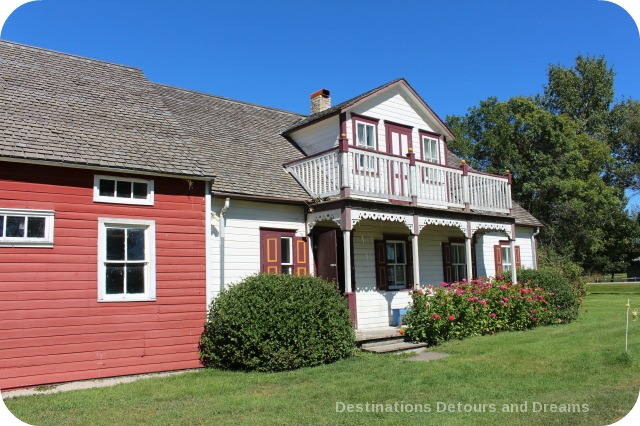
Norma was our guide for the tour of the Friesen house. She was born in 1940 and grew up in the house. It was built in 1901 by her grandparents Bernhard and Helena Hamm. Bernhard Hamm came to Canada with his family as a young boy in 1875. The house is a typical example of Mennonite rural architecture. Norma’s mother and brother lived in the house until the 1980s.
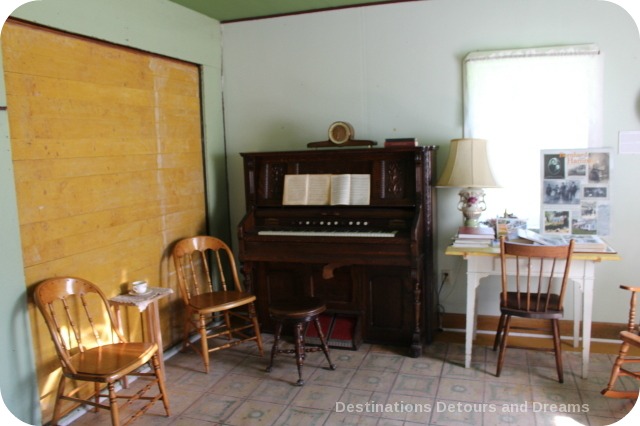
The Great Room was used for formal social occasions. The wood panels in the wall were designed so they could be removed to open the room up to the next room for larger gatherings. Sawhorses would be placed in the opening and made into tables to place food on.
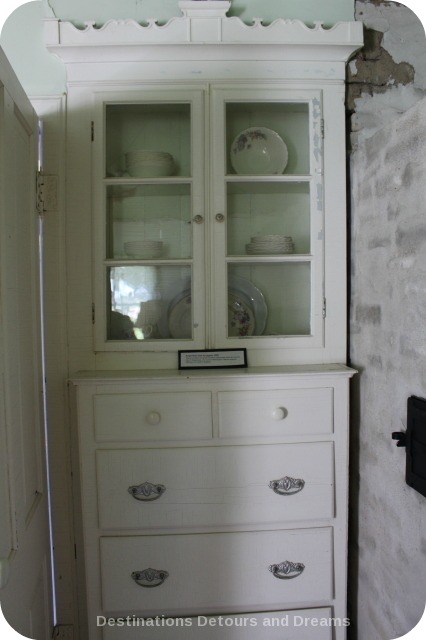
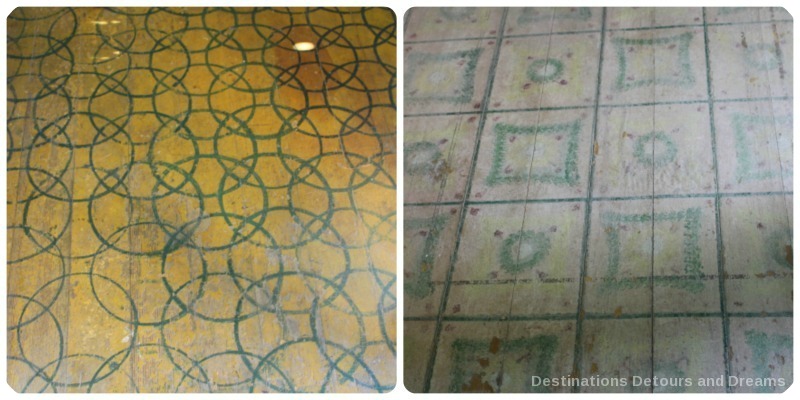
From the late 1800s to the mid 1900s many Mennonite women painted the wood floors. Patterns were created with whatever was available (vegetables, ropes, tires, etc.). Patterns have been uncovered in a number of houses in and around Neubergthal, under layers of linoleum and carpet. Artist Margruite Krahn, who lives next door to the Friesen Housebarn, has been actively involved in village restoration work since 2001. When not all of the floors could be restored, she began documenting the patterns on cotton canvas floor cloths. She has continued to recreate the patterns, with some taking on a more contemporary design through artistic licence.
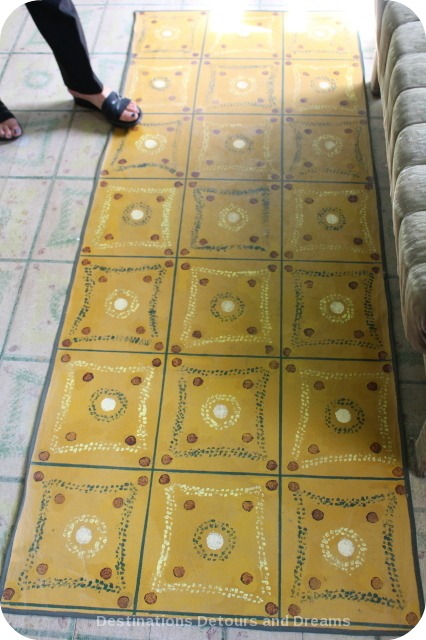
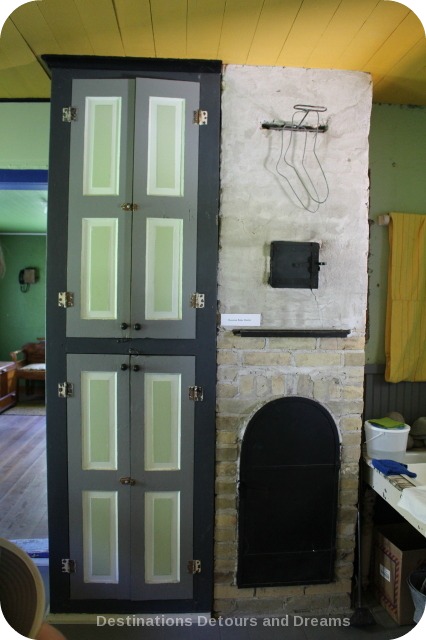
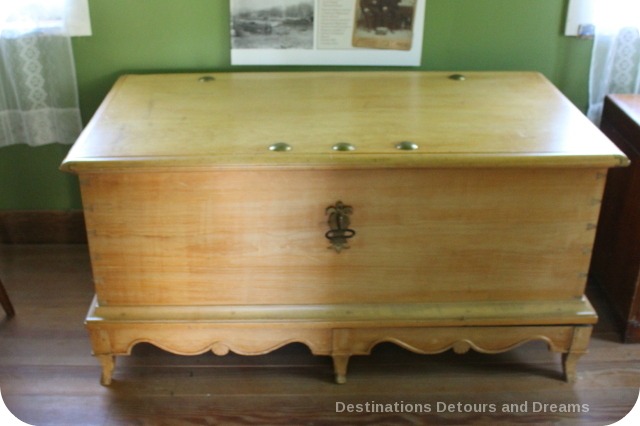
Mennonite origins start with the development of Anabaptist beliefs at the time of the Reformation. Menno Simmons, a Dutch Catholic priest who lived from 1491 to 1561, converted. He became the leader of Dutch and Swiss Anabaptists or Mennonites. Their beliefs, which included refusal to swear allegiance or participate in military activities, created conflicts with government authorities. Persecution and restrictions on their ability to remain pacifist led to several migrations over the years. In the mid-sixteenth century they fled to the Vistula Delta and the city of Danzig in Polish Prussia. In the 1780s Prussian control in the Vistula region renewed state pressure for military service. Many Mennonites accepted an invitation from Catherine II of Russia to settle in Imperial South Russia (Ukraine). The original settlers of Neubergthal left Russia in the 1870s when Tsar Alexander II had voided the charter granted Russian Mennonites freedom of religion and right to self-determination, and when the Canadian government was offering free land to encourage settlement of the Canadian prairies. About 7,000 Russian Mennonites settled in southern Manitoba during the 1870s, in two areas where blocks of crown land were reserved exclusively for Mennonite homesteaders.
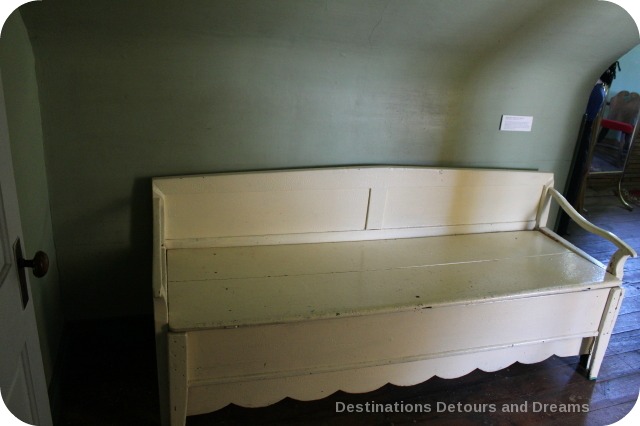
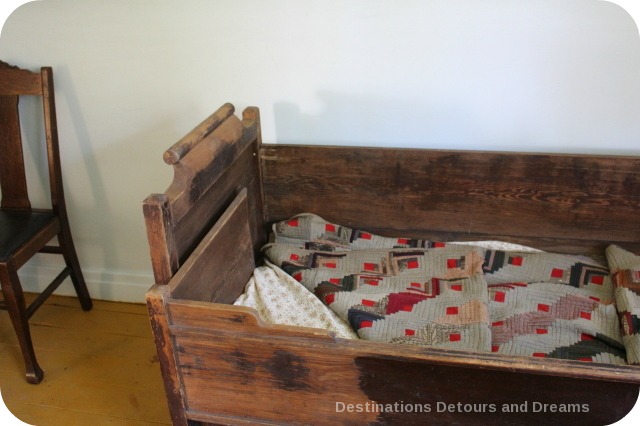
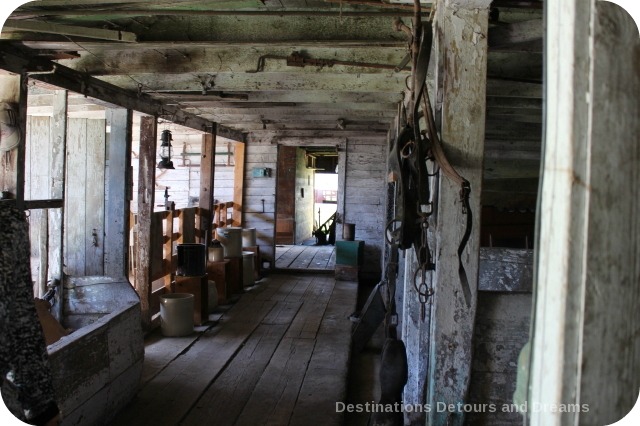
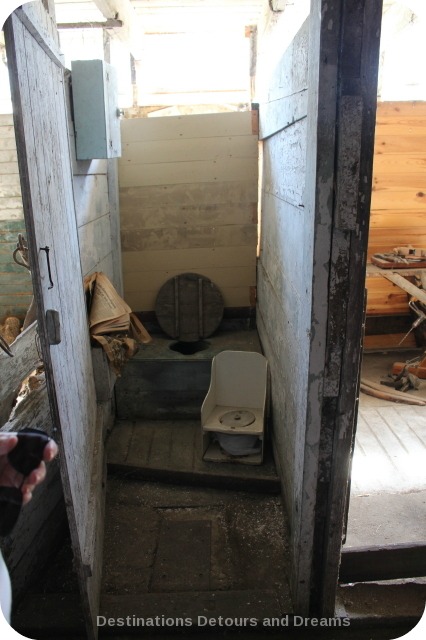
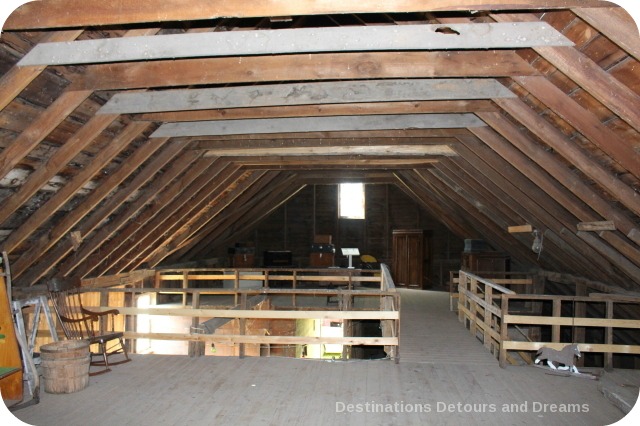
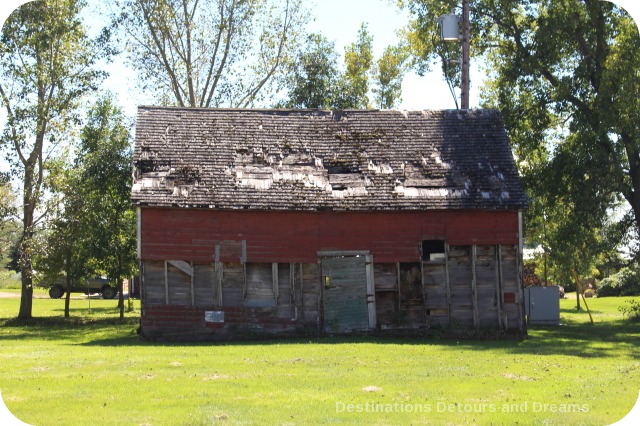
It was interesting to hear Norma relate her personal memories along with the history of the village. When electricity came to the village in 1946, her father bought a refrigerator. Her grandfather, who lived with them, asked how much it cost. When he heard the price ($300, a large sum for that time), he retreated to his room and never mentioned the refrigerator again. After touring the house and the garage, Norma took us across the street to meet Ray Hamm. Ray and his wife live in the traditional housebarn Ray’s grandparents once lived in. Ray showed us the barn, but we were unable to see the house because his wife was busy canning that day.

Although the Hamm housebarn is ten feet longer than the Friesen housebarn, Ray told us it is laid out the same way. All houses in the village have similar floor plans. “They only brought one plan from Russia,” Ray said. We learned more about Neubergthal’s history from Ray, including the conflict between the Mennonite village tradition and Canada’s Homestead Act, and the impact of the 1916 School Attendance Act.
The terms of the Canadian land grants gave each head of the household 160 acres of land, to which they received full title after three years of residence on the land. The Mennonites who came to Manitoba in the 1870s were used to a communal life in villages, not a life spread out on homesteads. Animals were kept in the yards. Neighbours were close by and they assisted each other with harvesting and threshing, butchering and building. Farm fields surrounded the village. The Mennonite (and Icelandic) immigrants were granted “hamlet privilege”, allowing them to settle in village formations rather than on individual homesteads without losing the right to their 160 acres. Villages managed their lands in a pooled manner, keeping track of who owned which tract. Sometimes a few acres would be traded for specific purposes. Ray said this resulted in some current-day odd-sized properties, citing a particular 67-acre plot. (Standard land divisions would be in quarter sections, half sections or full sections. A section of land is 640 acres.)
In 1916, Manitoba introduced legislation making school attendance compulsory and a standardized public school system with instruction in English. This prompted another migration for some Manitoba Mennonites, who viewed this as an infringement on their freedom and wished to instruct their children in German without an imposed curriculum. Many moved to Mexico or Paraguay. Ray said that in some cases entire villages moved. Only a couple of families left Neubergthal. The rest of the village remained.
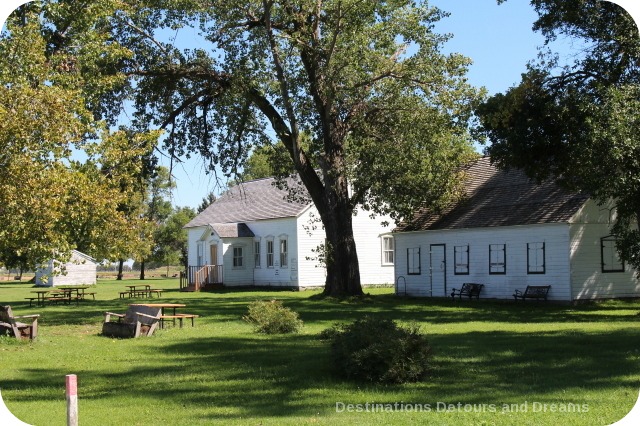
Ray took us to see a school house currently being restored. Neubergthal had a village school until the 1960s. Children are now bused to Altona, just under nine kilometres away. The Neubergthal school house no longer exists. The one being restored came from another village. Beside the school house is an old house which once would have had a similar layout to the Friesen and Hamm houses. It has no interior walls and is one big open space used as a picnic shelter or for events.
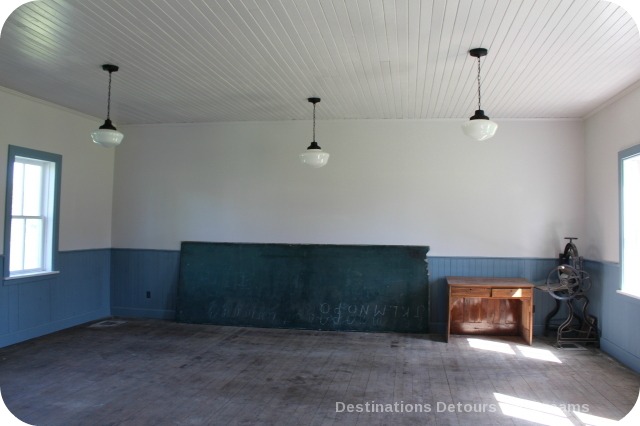
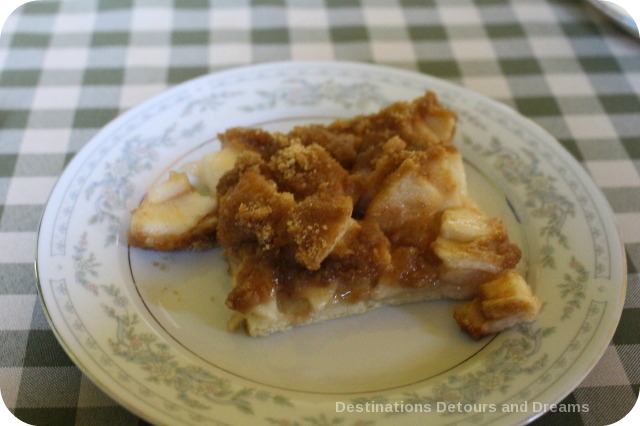
We ended our tour back at the Friesen housebarn with coffee and apple platz in the kitchen, supplied by Karen, another village resident with family roots in the village. While we ate, a couple of village boys came in to purchase candy. The pantry of the house becomes a local candy store over the summer.
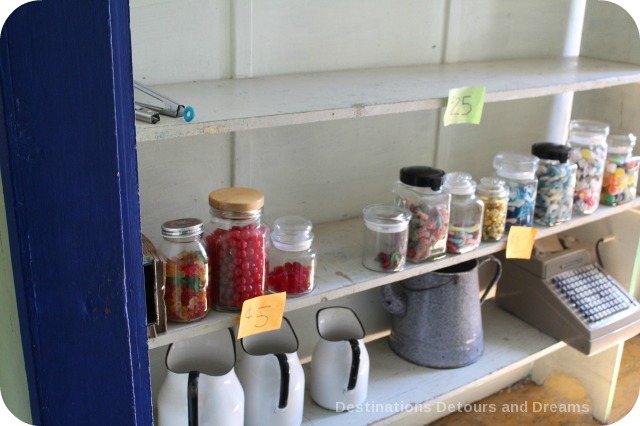
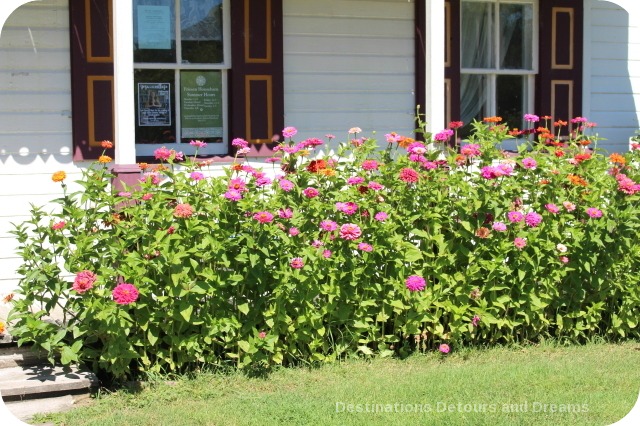
Tall zinnia plants in front of the Friesen housebarn are the offspring of seeds brought from Russia. Norma gave us packets of heritage seeds to plant in spring. I may have plants like this around my house next summer.
The Friesen Housebarn Interpretive Centre is open during select hours over the summer. Tours should be pre-arranged.
Destinations Detours and Dreams monthly e-newsletter contains behind the scenes information, sneak peeks ahead, travel story recaps and more. SIGN UP HERE
PIN IT
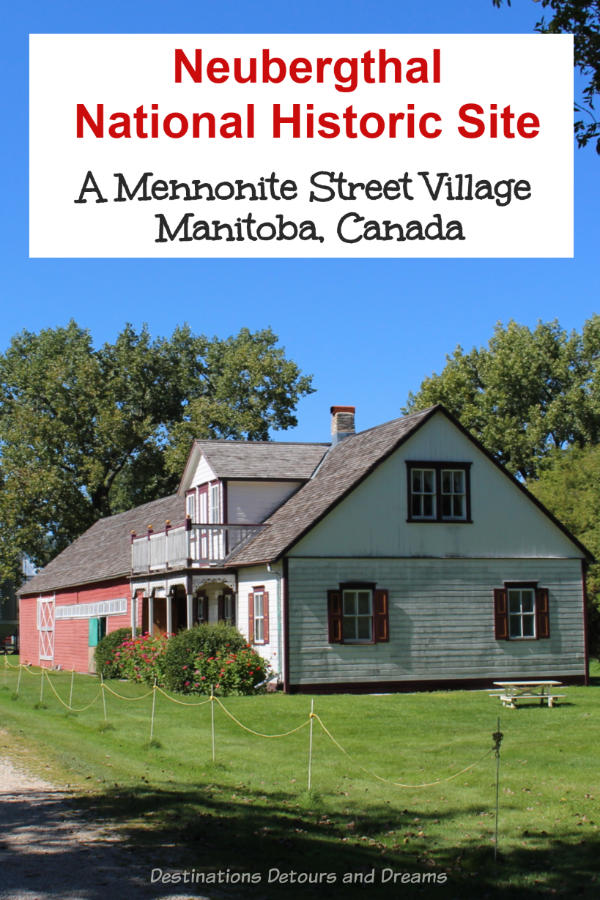

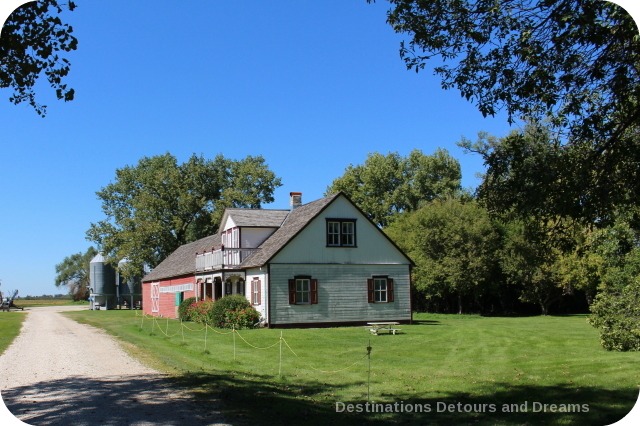
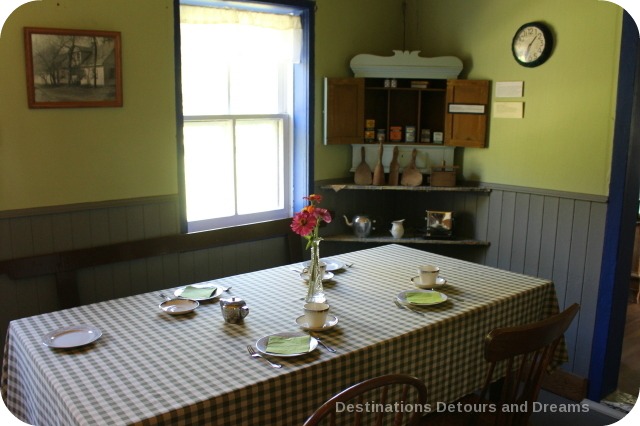
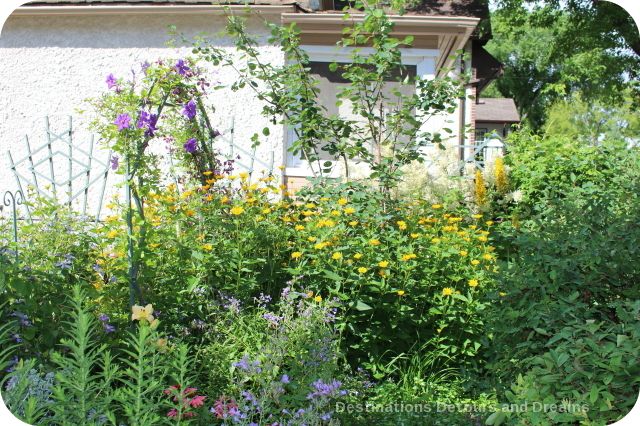

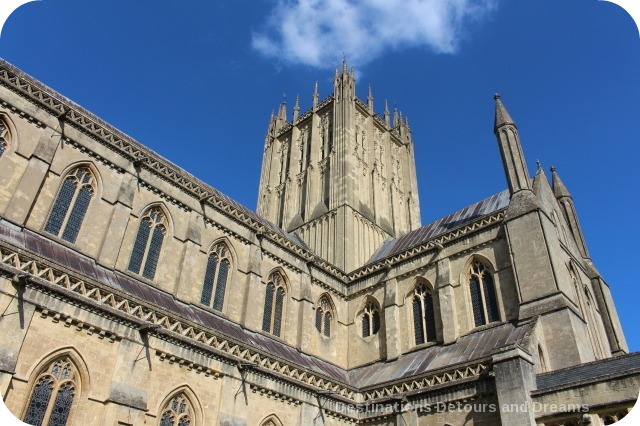
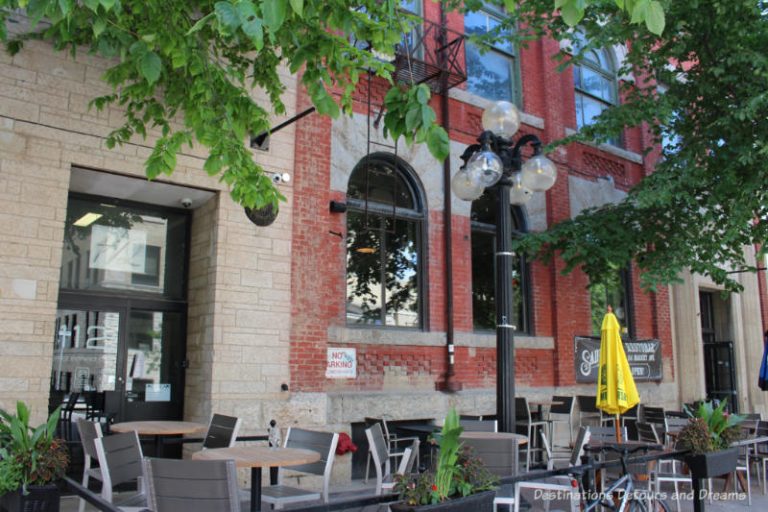


Neubergthal sounds German to me. Interesting background story from this tiny place. I love to visit such villages full of stories of the past.
The name of the village is German. The Mennonite settlers spoke Plautdietsch, a Low Prussian variation of East Low German with Dutch influence. It was primarily a spoken language and many wrote and read high or formal German.
Donna, that was a great tour and introduction to Mennonite life. I loved those painted floors that have been hidden under layers of other floor coverings over the decades!
Thanks Jackie. I liked the painted floors too. For some reason, I’d had the impression that the Mennonite settlers had lived in very plain, un-decorated houses and the pretty floors came as a surprise.
Looks like a gorgeous little area. So nice they are restoring that school. I will help for some of that Apple Platz. Nom.
Charles, I’m sure they would welcome help and feed you well!
That apple platz looks so good, a fitting end to your detailed coverage of the Mennonite Village. We stopped at one in central Kansas and, unfortunately, it was closed that day. Thanks for filling in the gaps for me.
Carol, it was a very pleasant afternoon. It would be interesting to visit that village in Kansas and see how similar it is or isn’t.
Neubergthal, Manitoba looks interesting. We toured the Amish country in Ohio last year. They’re a offshoot of the Anabaptists as well. I found an interesting Mennonite barn when researching barns in Iowa- also built by Russians. The Mennonites are wide-spread!
Billie, the Mennonites did a lot of migrating to be able to preserve their beliefs and way of life.
Thank you so much for telling us about he Manitoba Mennonite Street Village. Although it seems like a simple way of living I’m sure it had its many hardships. I absolutely love the craftsmanship and artistic touches, in particular the beautiful floors!
Thanks Nathalie. I like the floors too.
In a way I always find Mennonite settlements fascinating. They held on to their traditional ways for a long time, many still do. Those ‘fake carpets’, the painted ornaments on the floor, are quite amazing and unique. I know from some older style houses poor peoples’ wallpaper, where patterned rolls with paint were rolled over the base paint – sometimes in several layers with different colours and motifs.
Juergen, the the painted wallpaper sounds quite clever.
How amazing to tour one of the houses with someone who lived there!
Irene, it was great to have Norma take us through her childhood home and share memories.
Oh those painted floors! Can you imagine? I’d never let anyone walk on them!!!
Jacquie, I think it would have been hard to see the first few footsteps across the floor. Or the first time someone tracked mud in!
I always enjoy learning about the traditions that continue to be a part of a village’s life. It lets me know that there can be continuity in this ever changing world. The tour sounds friendly and personal–the best kind!
Rose Mary, it was definitely a friendly and personal tour. It is the current village residents (whose ancestors settled here) who keep and maintain the historic site. They had a university student working for the summer, but her term had just ended when I took the tour.
Very much enjoyed the write-up here; more interesting than Wikipedia article. Learned of Neubergthal via film festival documentary called “From Seed to Seed” about couple who traded careers as European opera singers for family life on Neubergthal farm. Wonderful story, highly recommended. http://fromseedtoseed.com/
Hi Doug, I’ve heard of the “From Seed to Seed” film and would like to see it, but I haven’t seen it yet.I heard about the couple when I was in Neubergthal.